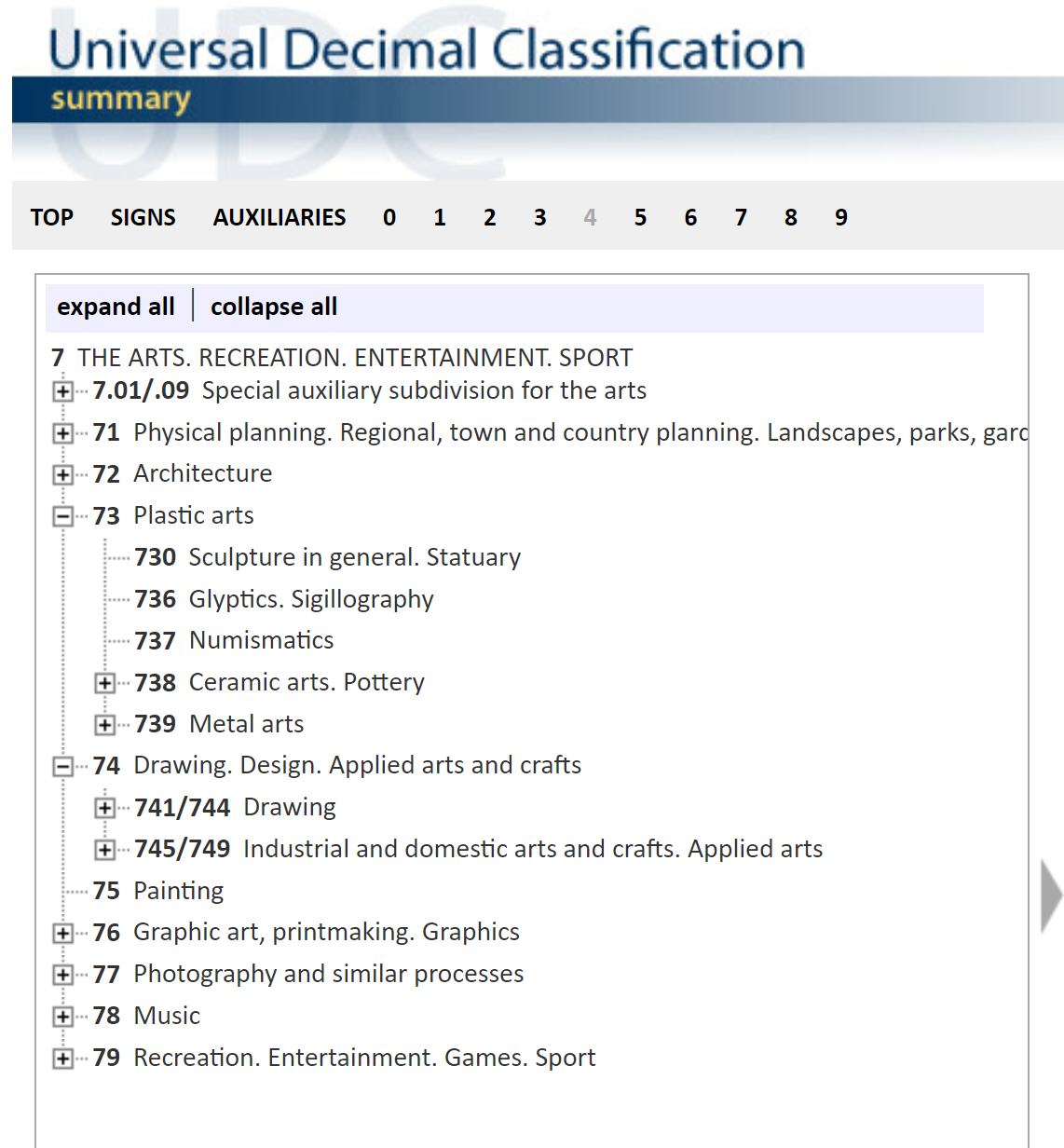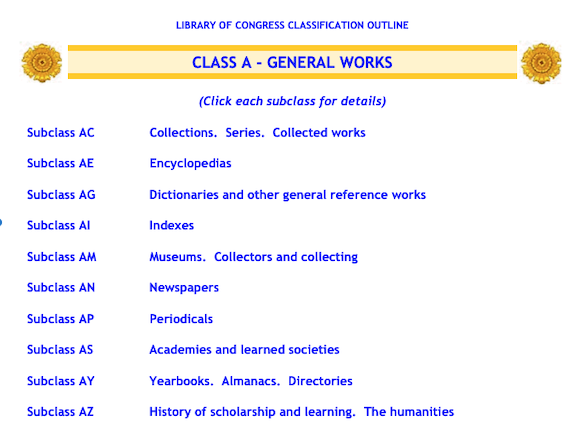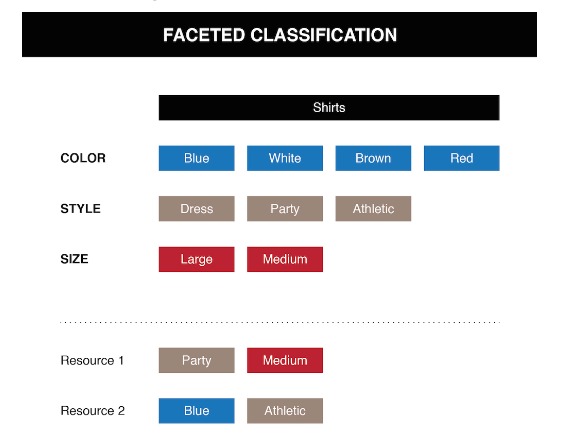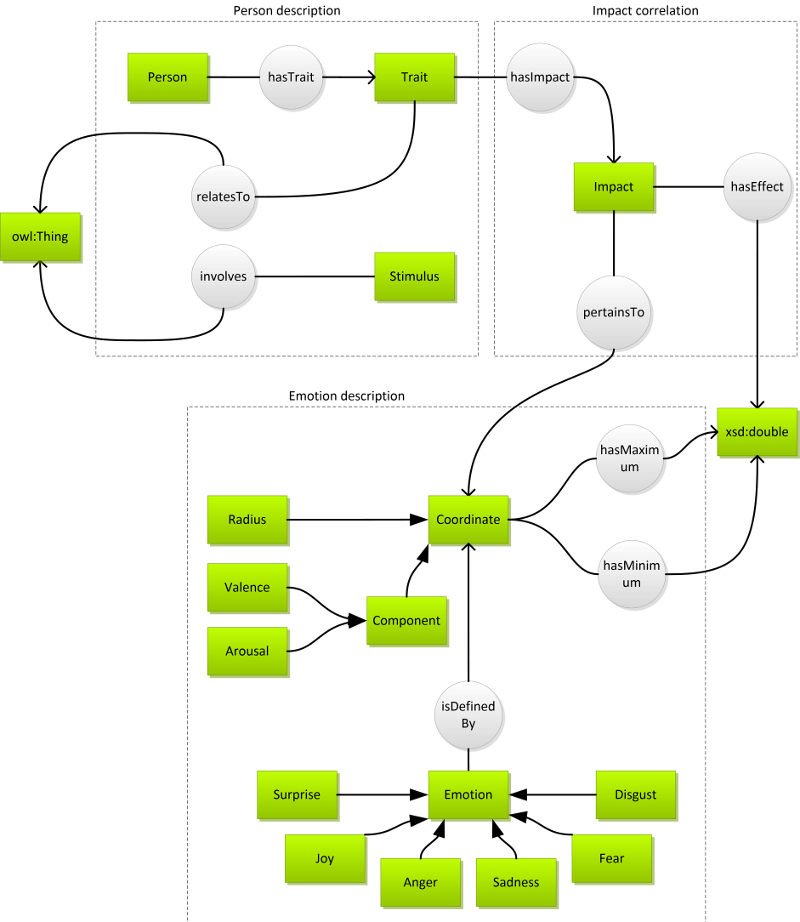1.1 KO and KOS
1.1.3 Types of Knowledge Organisation Systems I
As we have seen in the previous pages, KOS provide unambiguous terms for the subject representation of the content of information resources. There are two groups of KOS: general and specialised. General KOS cover all disciplinary subject areas. This means they can be used when resources from a wide range of domains need to be organised. Although they provide less detail, they offer other advantages regarding their ability to provide an overview of all knowledge and the links between its parts. A general KOS may not represent a concept with complete accuracy. Still, it allows it to be located on a broad map and its relationships with other domains to be visualised. On the other hand, a specialised KOS focuses on a specific domain of knowledge: a specific academic discipline or industry. For example, there are KOS dedicated to medicine, arts, or civil engineering.
Below are some types of KOS that may be appropriate for dealing with Digital Humanities resources.
Classification Schemes
Classifications can be used to organise information resources regardless of their type. This means they can be used to organise text, images, sound, objects, and research data by subject. Classifications have two basic principles focusing on thematic grouping and ordering according to a particular sequence (Broughton, 2015).
Classification schemes are used for a systematic arrangement of resources and are composed mainly of schedules (controlled vocabulary) and notations (symbols or numbers that assign the order) (Satija, 2004). The organisation is not alphabetical but systematic, meaning that subjects are organised according to a set of principles. For example, they may be hierarchical, where there is a fixed sequence of levels (see, e.g. 1 - Universal Decimal Classification), enumerative, where all subjects in a given domain are presented (see, e.g. 2 - Library of Congress Classification), or faceted, where several characteristics can be combined (see, e.g. 3).
Example 1 - Hierarchical structure

(Source: UDCC, Universal Decimal Classification. Available at: http://www.udcsummary.info/)
Example 2 - Enumerative classification

(Source: The Library of Congress, Library of Congress Classification Outline. Available at: https://www.loc.gov/catdir/cpso/lcco/)
Example 3 - Faceted classification

(Source: Glushko, Robert J., ed. 2016. The discipline of organising: core concepts edition. pp.346. Available at: http://ischools.org/Discipline-of-Organizing-Core-Concept)
Ontologies
Ontologies have gained importance with the emergence of the digital context. They have mainly been developed using computer tools. Computer applications create interconnected networks of concepts of particular interest to specialised domains.
Ontologies represent complex relationships between objects of varying complexity, structure, and function and can provide organisation and better access to digital libraries (Hodge, 2020). As Gnoli (2020) notes, the basic conceptual principles of ontologies, such as the identification of classes and the relationships between them, are common to other KOS (Gnoli, 2020), and their unique feature is the presentation of properties for each class within the structure of those classes (Zeng, 2008).
The following image shows an example of the EmOCA ontology (Emotion Ontology for Context Awareness).

(Source: The EmOCA 0.01. Available at: http://ns.inria.fr/emoca/)
On the next page, you will be introduced to three more types of KOS. Let's have a look!
REFERENCES
- Broughton, V. (2015). Essential classification (2nd ed). Facet Publishing.
- Gnoli, C. (2020). Introduction to Knowledge Organization. Facet Publishing.
- Satija, M. P. (2004). A dictionary of knowledge organization. Guru Nanak Dev University.
- Zeng, M. L. (2008). Knowledge Organization Systems (KOS). Knowledge Organization, 35(2/3), 160–182. https://doi.org/10.5771/0943-7444-2008-2-3-160

